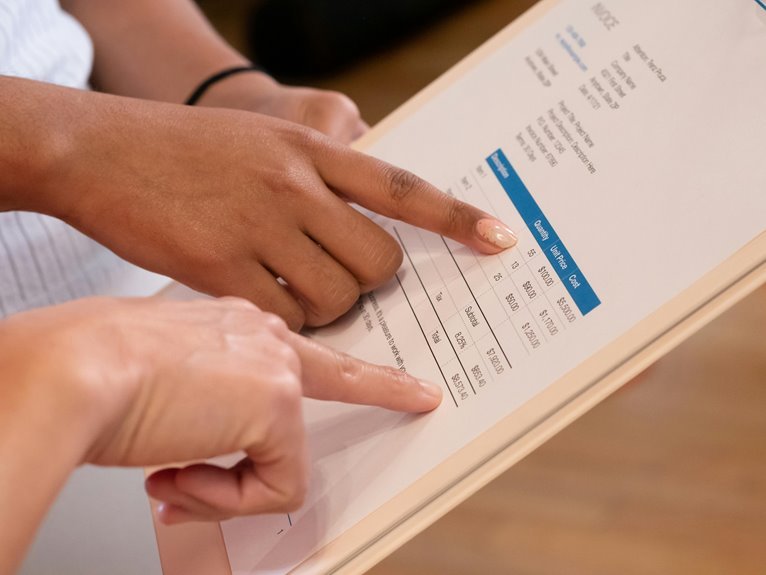Analyze Telephone Record Of 3761917153, 3500353684, 3273747715, 3509982265, 3512956073, 3283865515

The analysis of telephone records for numbers 3761917153, 3500353684, 3273747715, 3509982265, 3512956073, and 3283865515 reveals notable patterns in communication. Call frequency and duration illustrate different engagement levels among users. These dynamics may indicate varying relationship depths and connectivity. However, such insights come with significant privacy concerns that warrant careful consideration. The implications of these findings could reshape understanding of personal data usage. What might this mean for future interactions?
Overview of Selected Telephone Numbers
The analysis of selected telephone numbers reveals significant patterns and trends that merit examination.
By investigating the telephone number characteristics, distinct call patterns emerge, highlighting frequency, duration, and timing of calls.
This call patterns analysis provides insights into user behavior, enabling a better understanding of communication preferences and potential social networks.
Such data empowers individuals to make informed decisions regarding their communication strategies.
Call History Analysis
Call history analysis builds upon the insights gained from examining selected telephone numbers, offering a deeper understanding of communication dynamics.
Frequency and Duration of Interactions
While examining the frequency and duration of interactions, one uncovers vital insights into the communication habits of individuals.
Analyzing call patterns reveals distinct interaction trends among the numbers examined. Variability in call frequency suggests differing levels of engagement, while duration data highlights the depth of conversations.
These metrics provide a clearer understanding of relationship dynamics and connectivity among the individuals involved.
Insights and Implications of Findings
Insights drawn from the analysis of telephone records reveal significant implications for understanding social dynamics and individual behaviors.
The identified communication patterns highlight evolving relationships while raising privacy concerns. These findings suggest a need for greater awareness surrounding personal data usage, as understanding such interactions can empower individuals to navigate their social environments more freely, balancing connectivity with the preservation of personal privacy.
Conclusion
In the intricate web of communication, the analysis of these telephone records reveals a paradox: while the numbers indicate frequent connections, they mask the underlying emotional disconnect among users. The data suggests closeness through call frequency, yet it ironically highlights a superficiality in relationships, where quantity overshadows quality. As individuals navigate this landscape of constant communication, one must ponder whether the true essence of connection is lost amidst the noise of countless conversations, leaving solitude in a crowded digital age.




